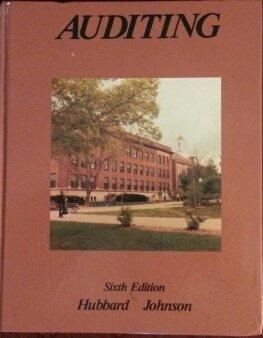Question
Q1: Table above is the cost breakdown per pound for typical big three cereal firms and private labels. Analysts believe that big three firms can
Q1:

Table above is the cost breakdown per pound for typical big three cereal firms and private labels. Analysts believe that big three firms can drive private labels out of the market if big three lower their prices by 8 cents. What is the best recommendation of strategist to big three firms?
(a) Big three should lower their prices by 8 cents because it will increase their market share.
(b) Big three should not lower their prices because it is too cruel to private labels.
(c) Big three should consider if the profit when they drive private labels out of the market while lowering the price is greater than the profit when they let the private label in the market while keeping their prices.
(d) None of the above.
Q2:
What is the worst interpretation on the given information of RTE cereal case below? Focus on the statistics of Kellogg only.
Market share of Kellogg in 1993: 46.2%
Expected market share by introducing one new brand by Kellogg: 0.2% (based on the calculation of (0.462 0.13) 30)
Market size in 1993: The U.S. market consumes 2.64 billion pounds of cereal per year.
Plant capacity: An RTE cereal plant is estimated to require a capacity of 80 million pounds per year to achieve minimum efficient scale (MES). A plant of this capacity employs 125 employees and requires a capital investment in excess of $100 million.
Development of a new brand: require R&D expenditure of $7.5 million
(a) 33 plants of minimum efficient scale are required to cover the whole market demand, based on the calculation of 2.64 billion pounds divided by 80 million pounds.
(b) New entrants need to build a plant with a capacity of roughly 3% market share to benefit from economies of scale, based on the calculation of 100% market share divided by 33 plants of minimum efficient scale.
(c) New entrants need to introduce 15 new brands to build a plant of minimum efficient scale, based on the calculation of a plant with a size of 3% market share divided by 0.2% expected market share per one new brand introduction.
(d) Economies of scale and product proliferation is not a barrier to entry given the number of new brands required to achieve minimum efficient scale of a plant.
Big Three Private Labels $0.36 $0.42 .19 .14 .52 44 .14 .75 Raw materials Packaging Labor and indirect manufacturing Distribution Advertising and sales Depreciation, overhead EBIT Wholesale price Retailer margin Retail price .17 .10 .34 .07 .40 .40 $1.62 $2.82 .38 .28 $3.20 $1.90Step by Step Solution
There are 3 Steps involved in it
Step: 1

Get Instant Access to Expert-Tailored Solutions
See step-by-step solutions with expert insights and AI powered tools for academic success
Step: 2

Step: 3

Ace Your Homework with AI
Get the answers you need in no time with our AI-driven, step-by-step assistance
Get Started


